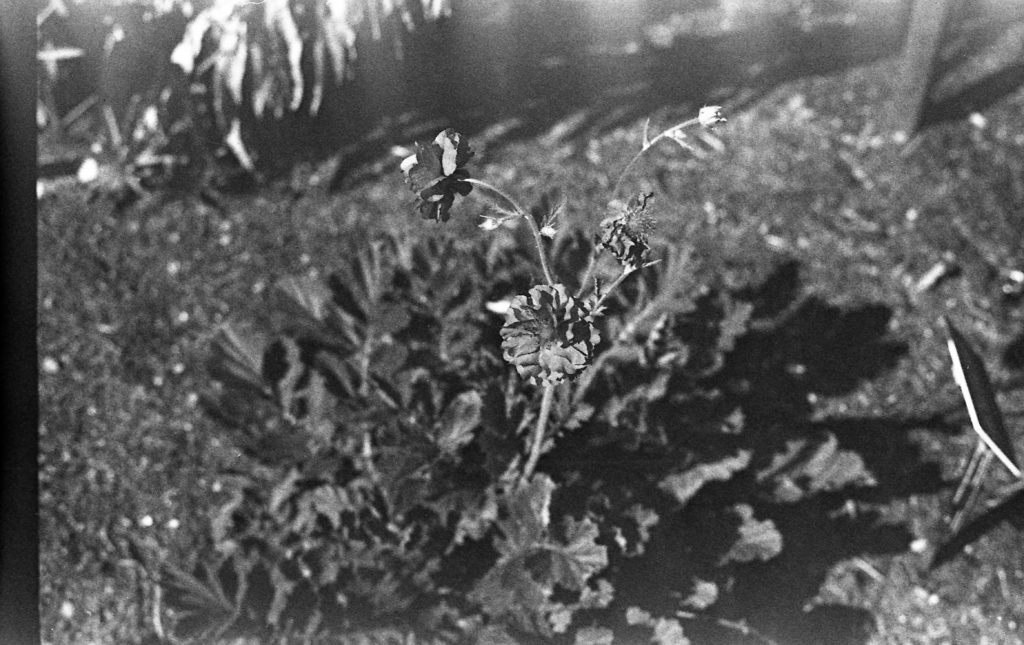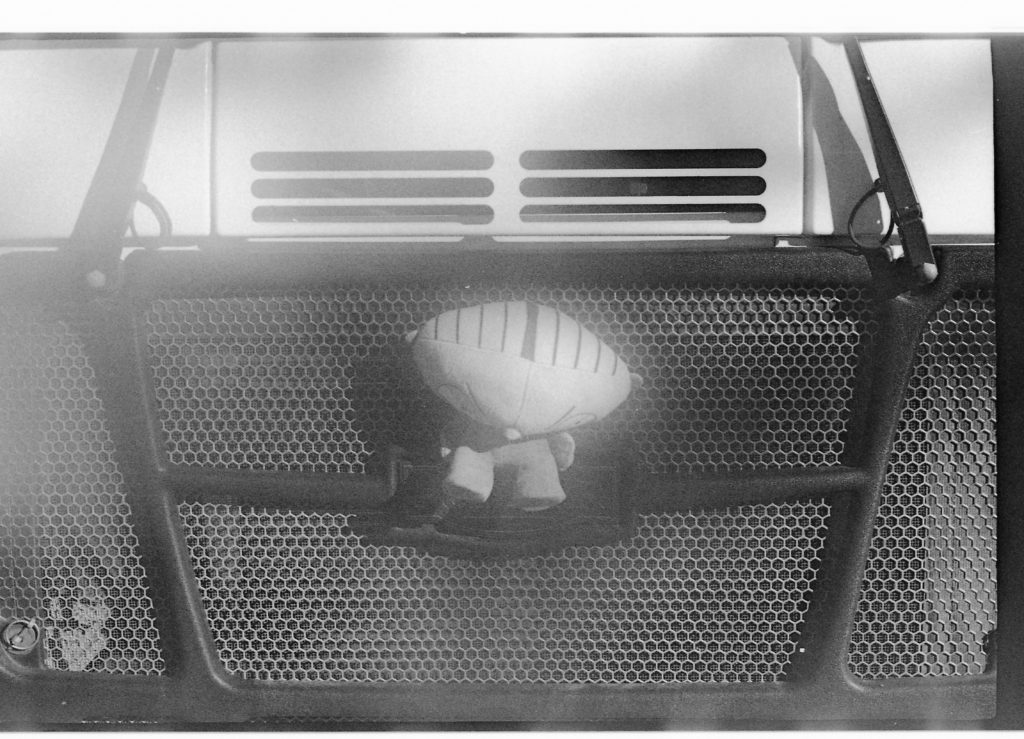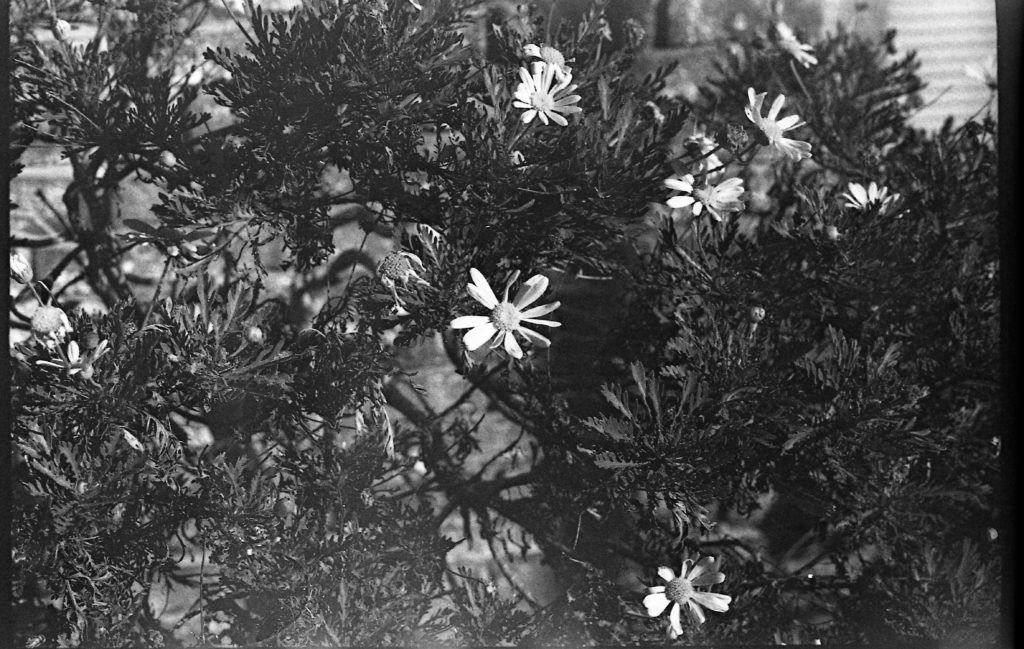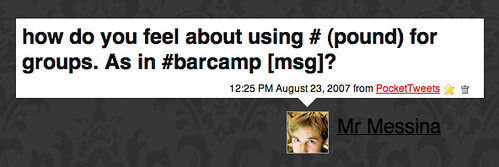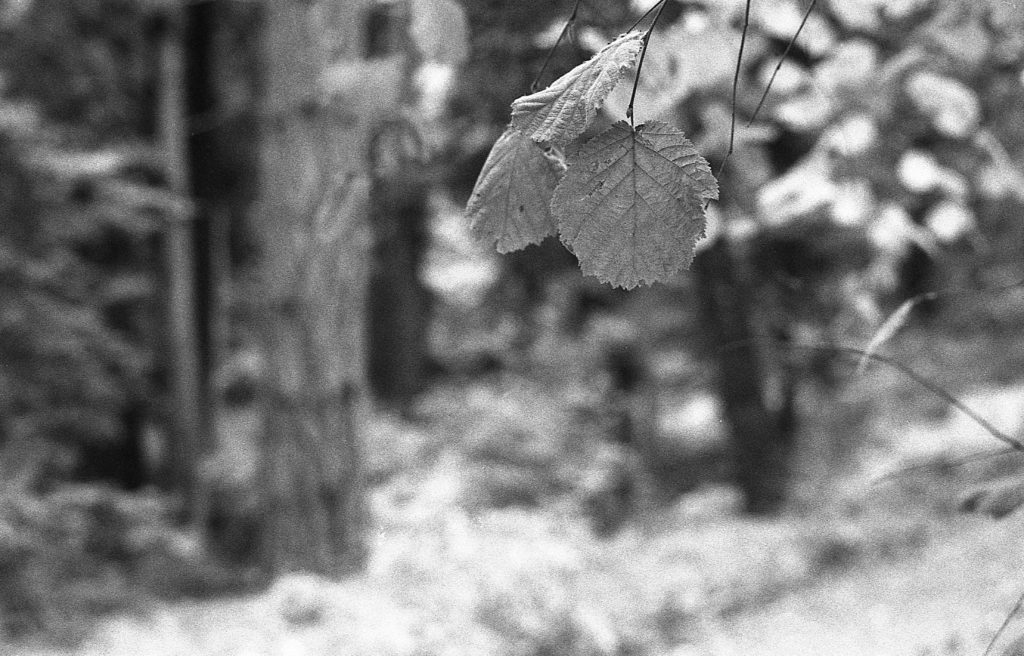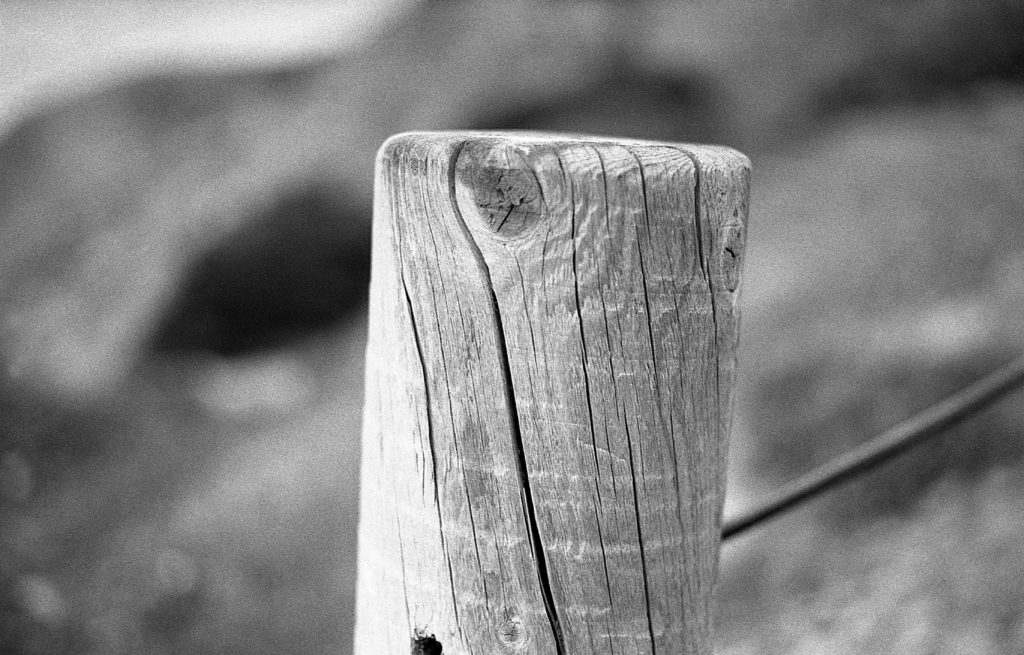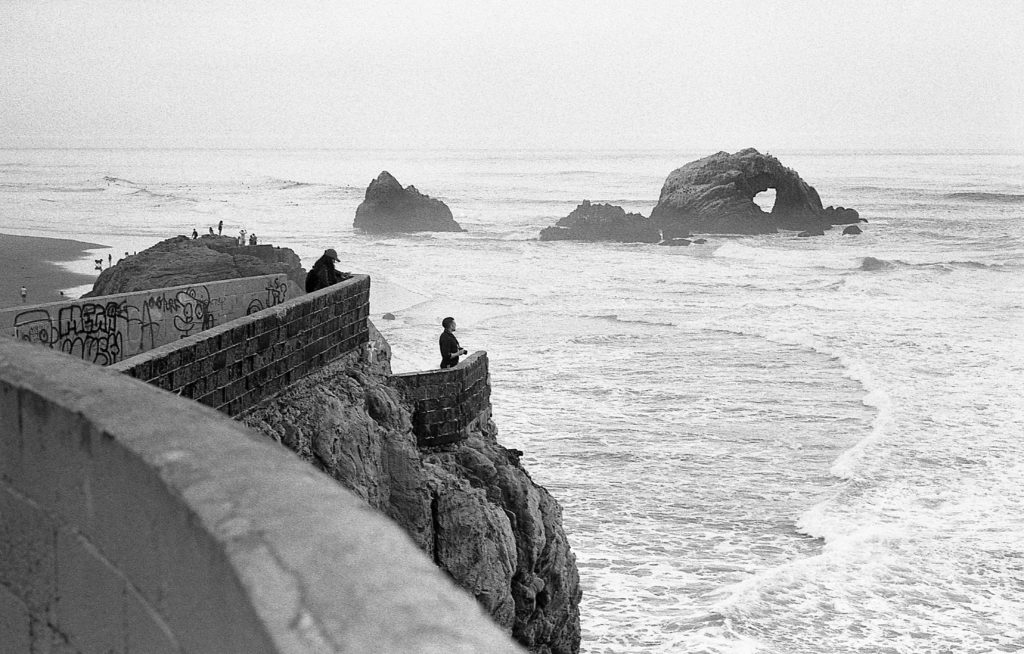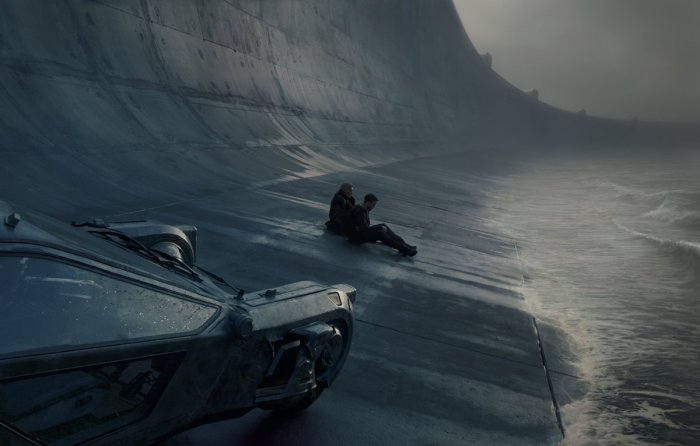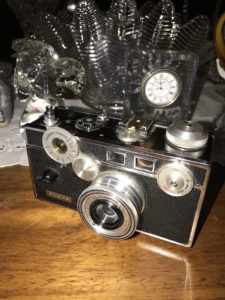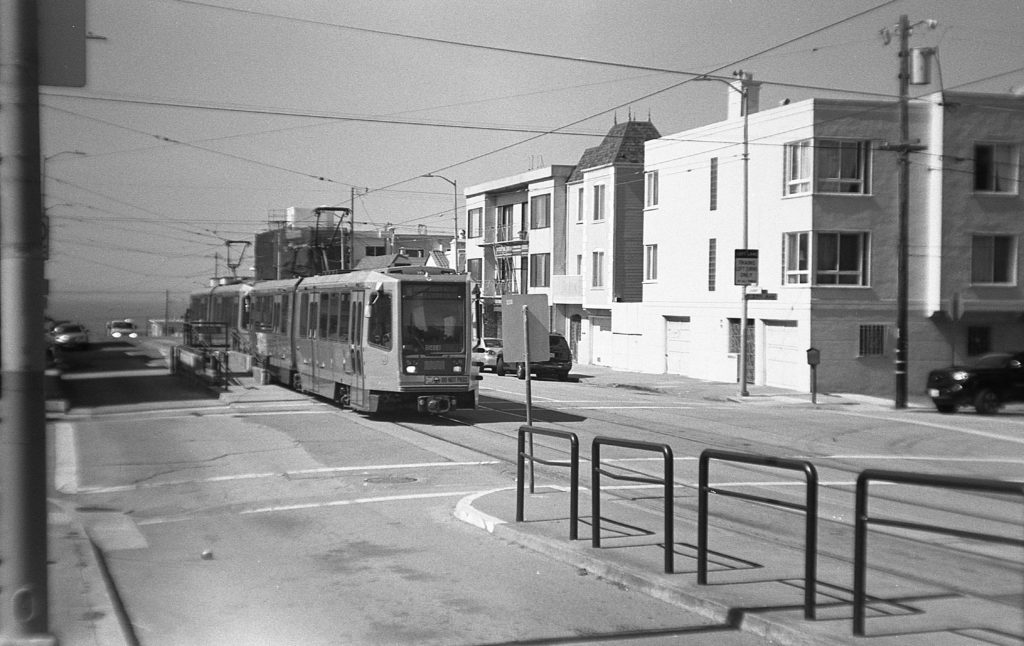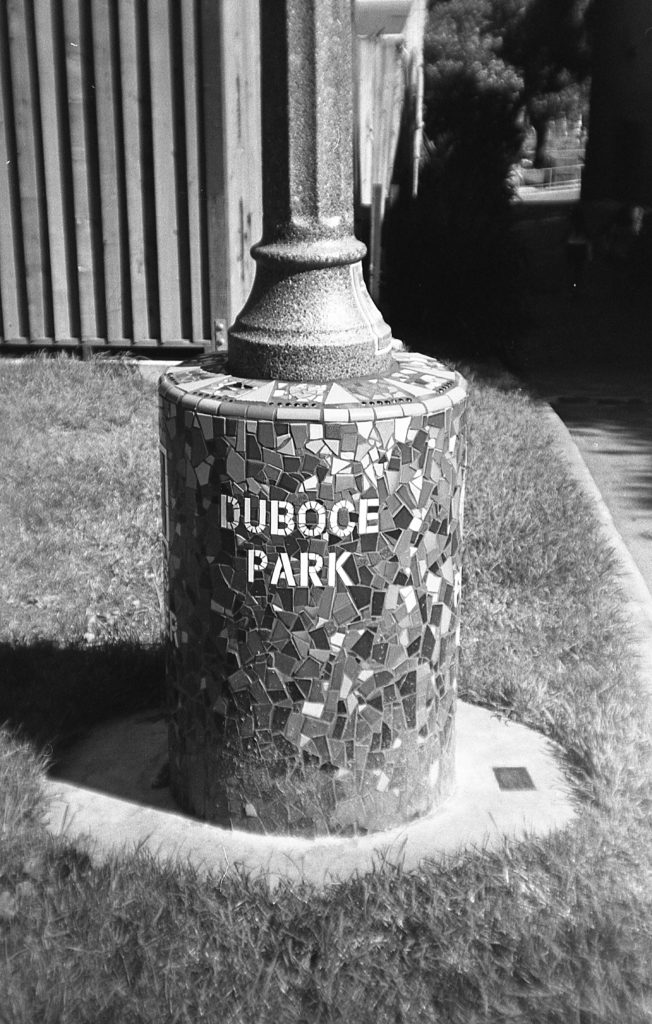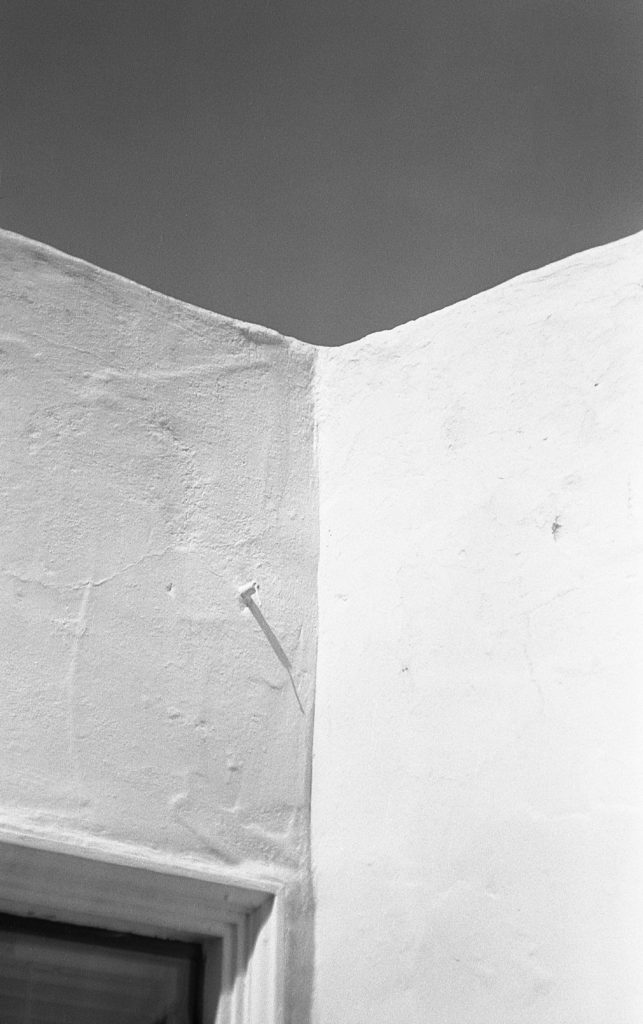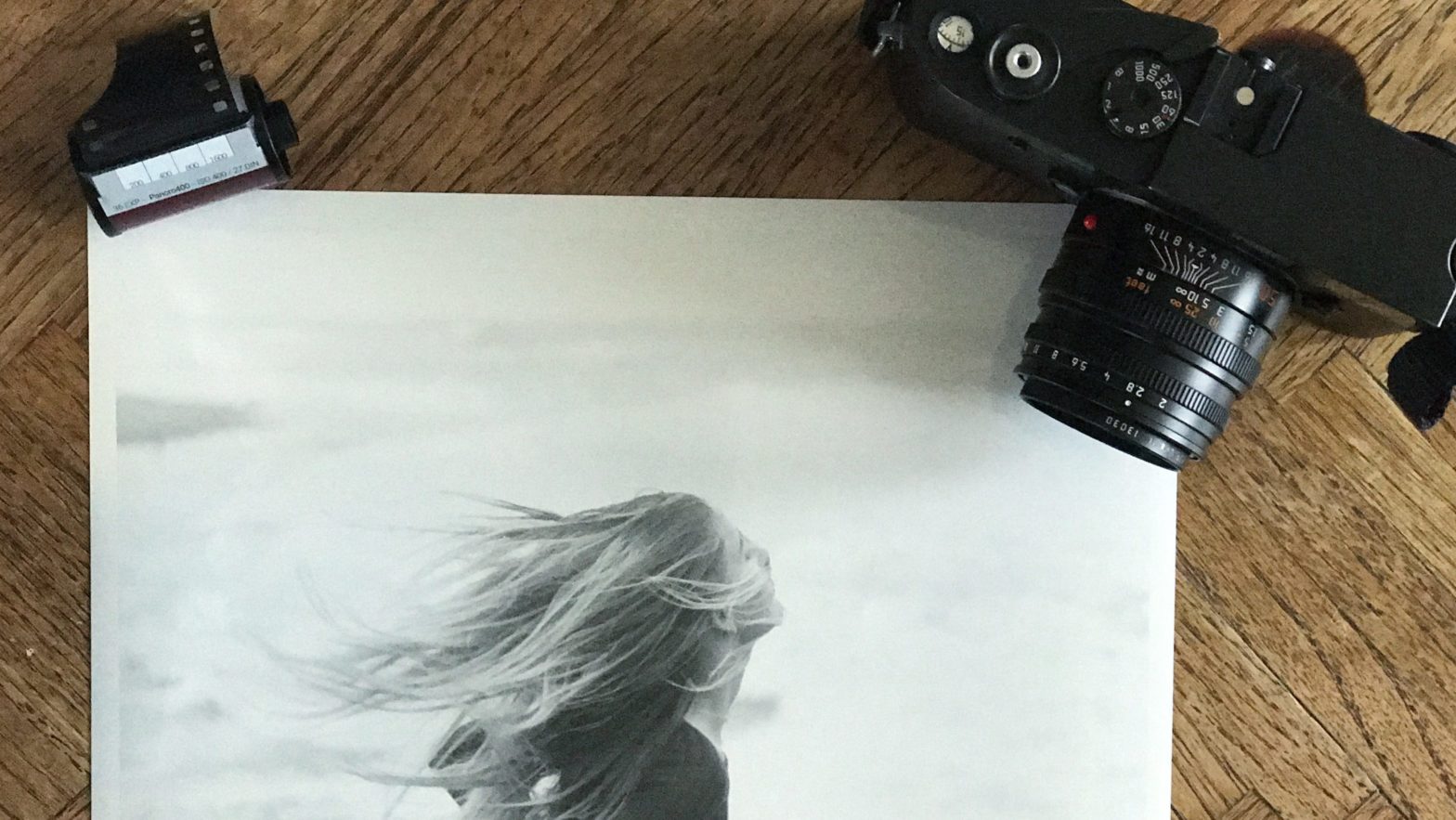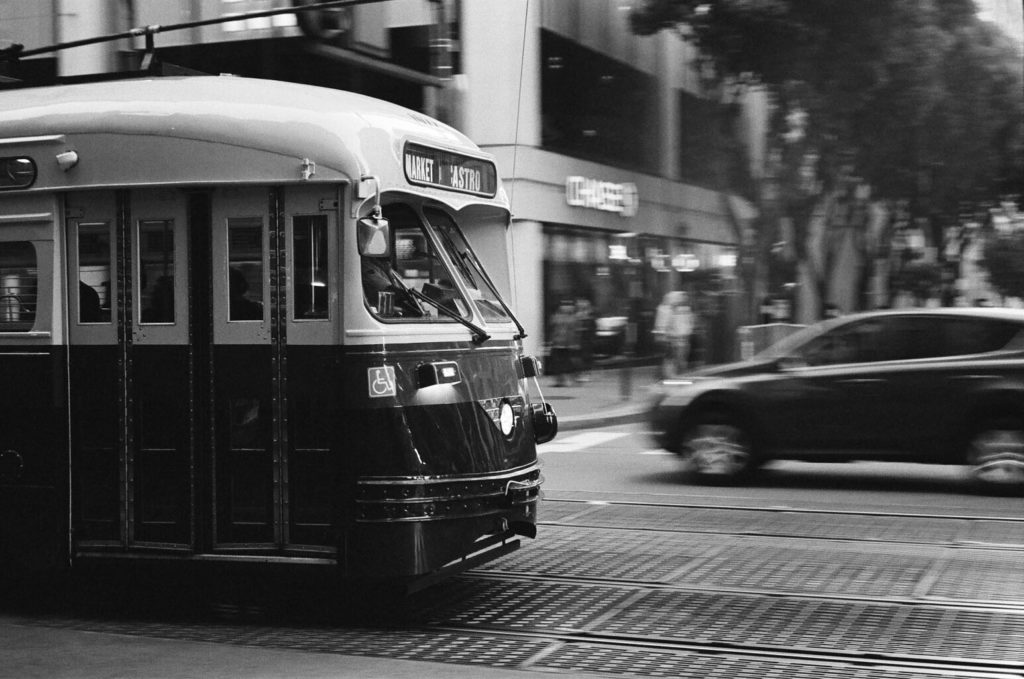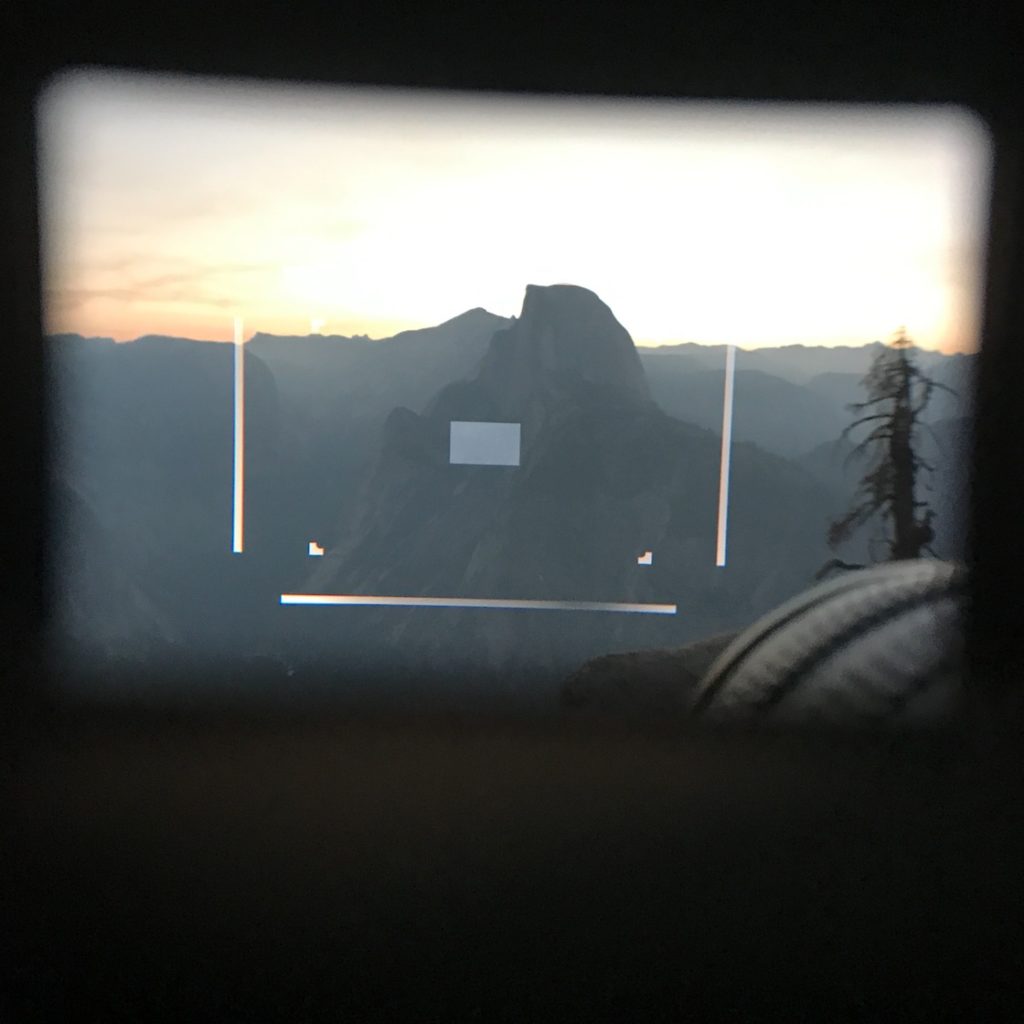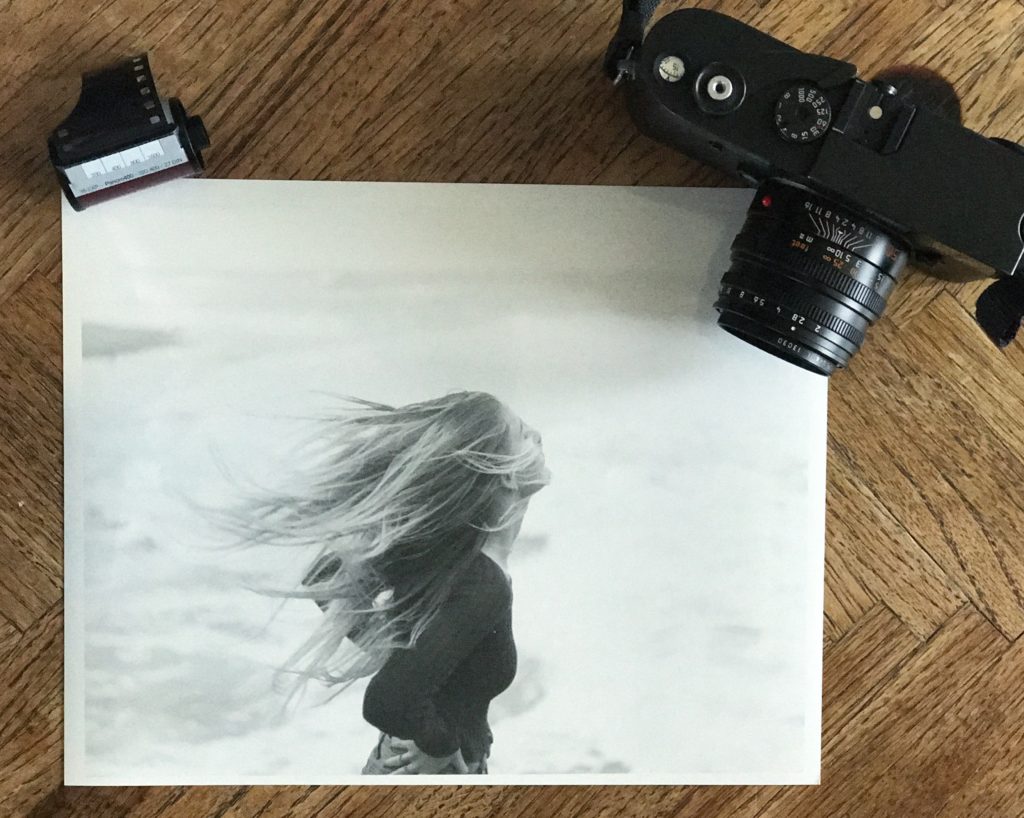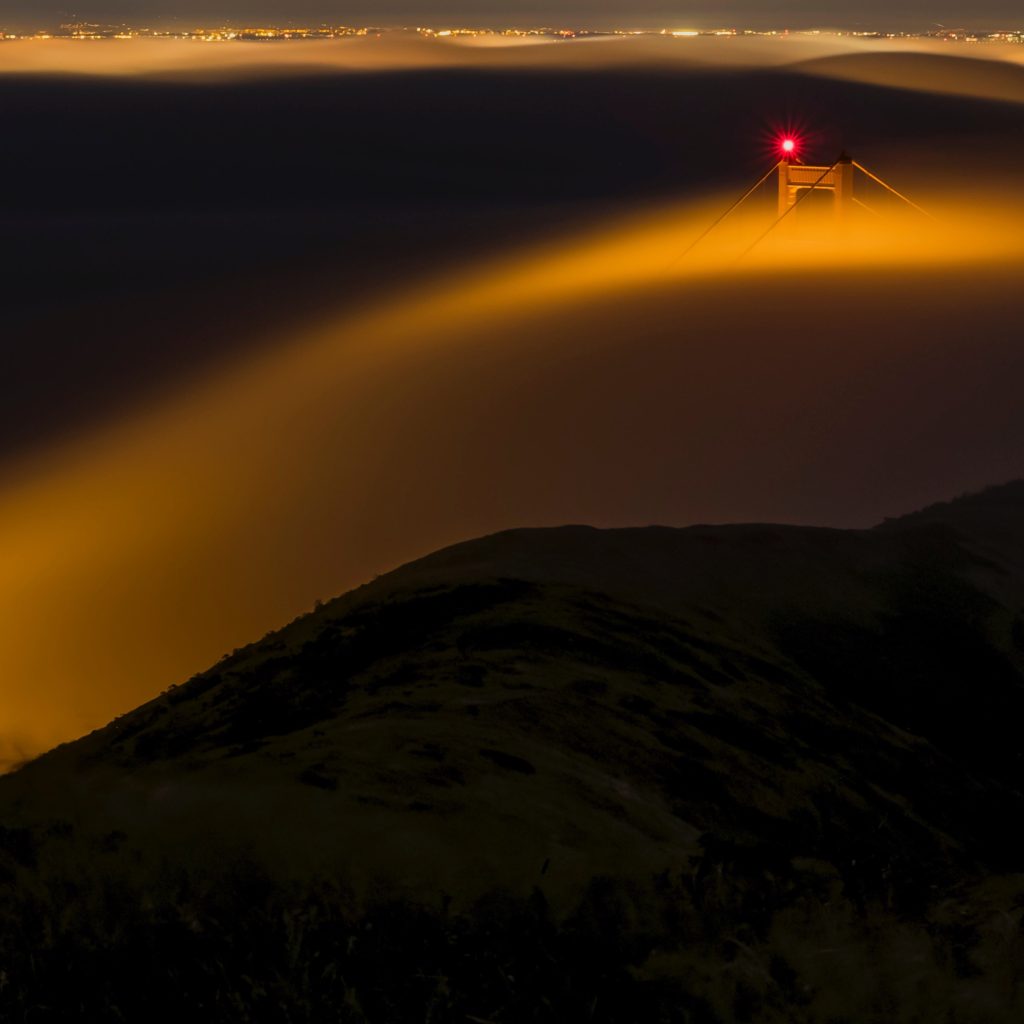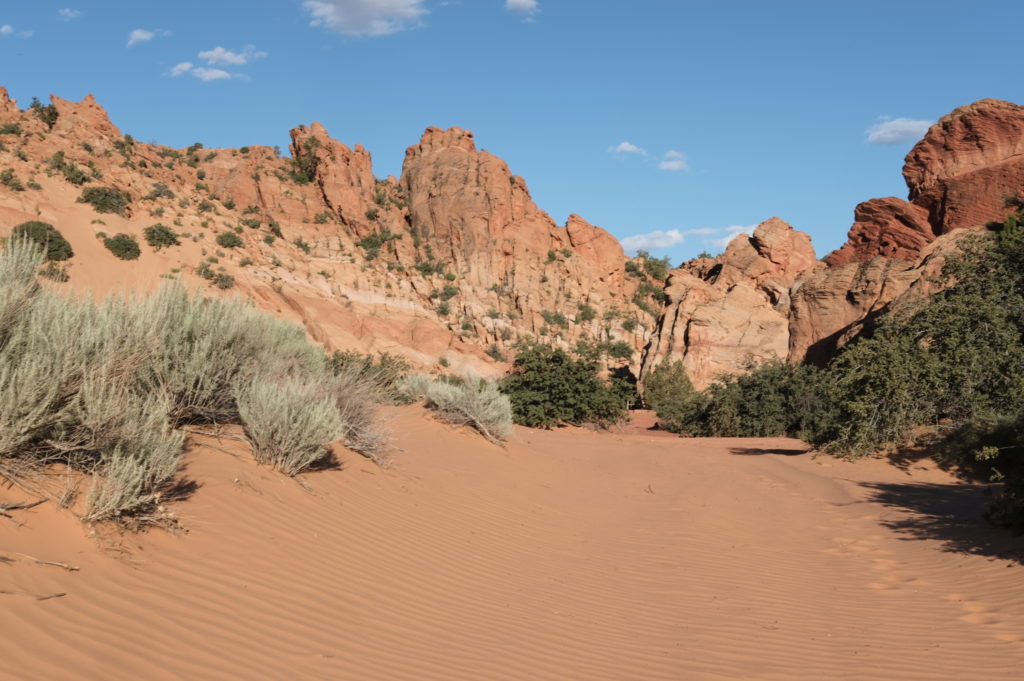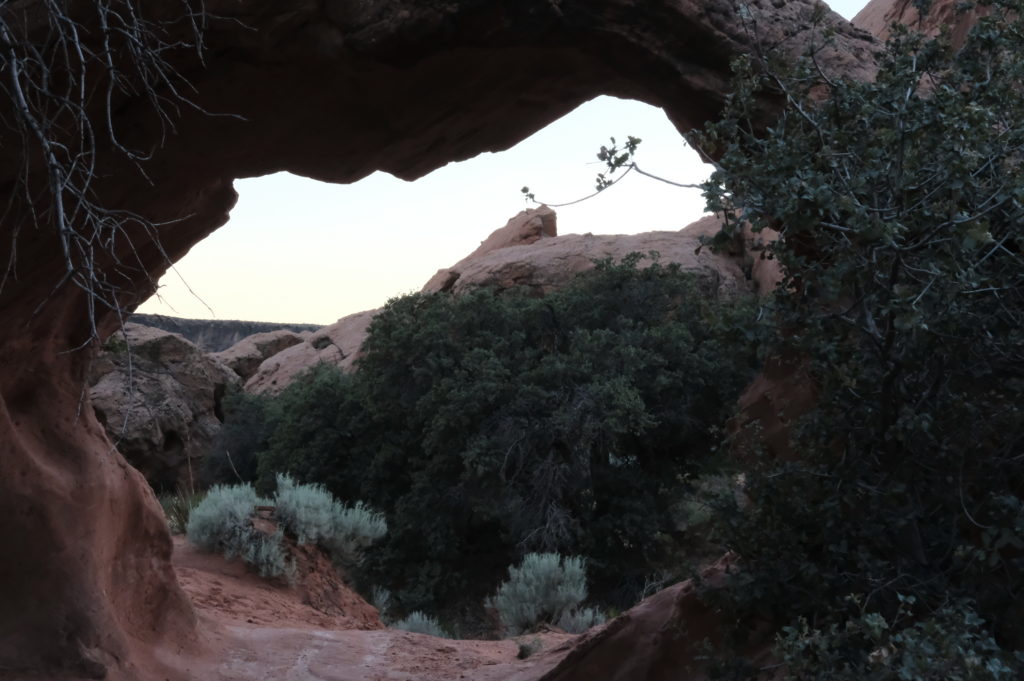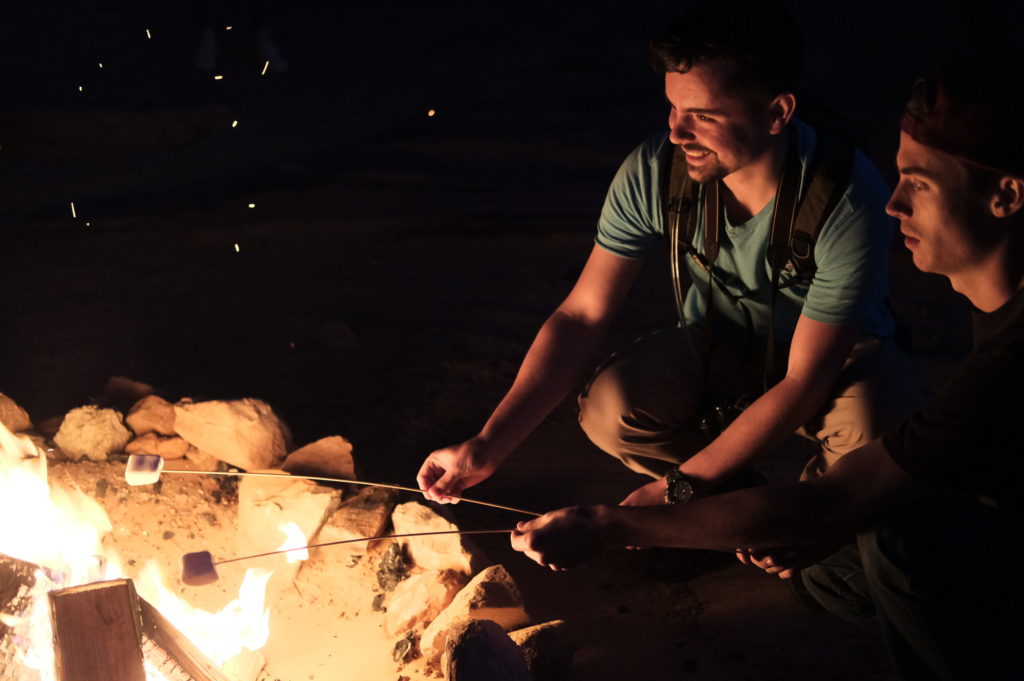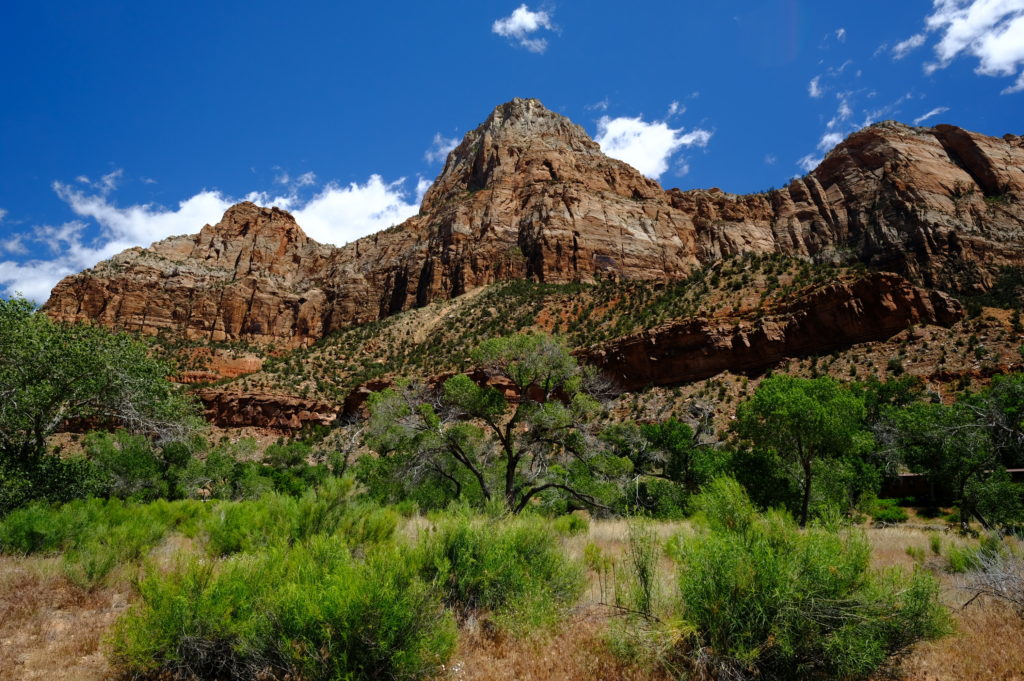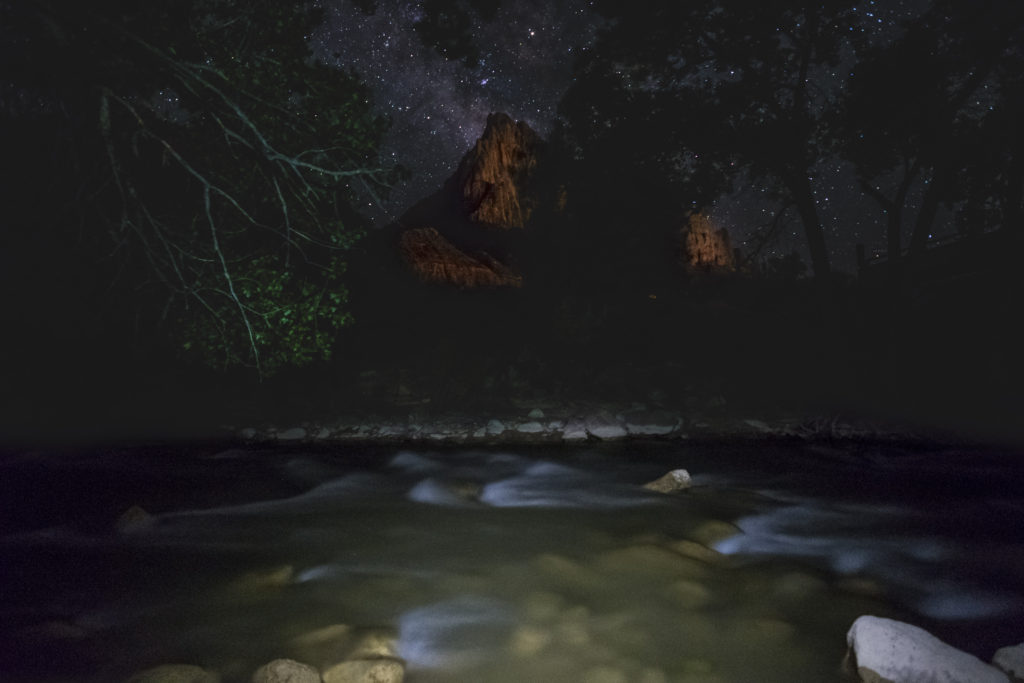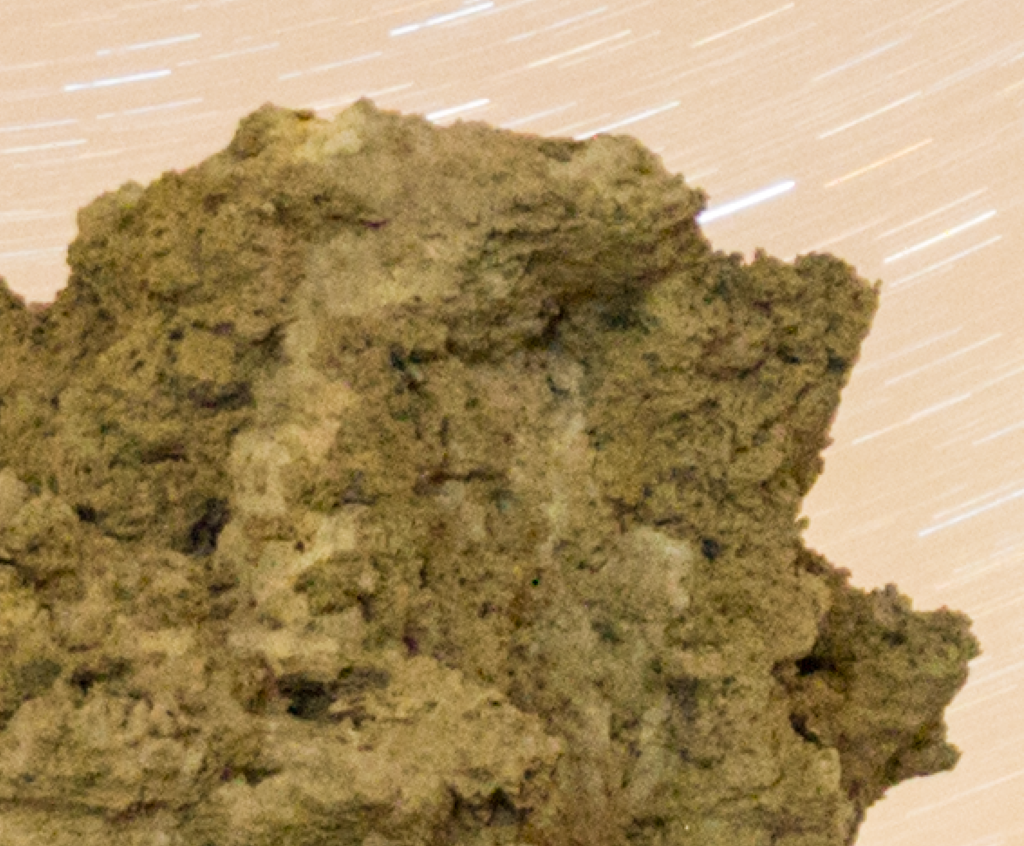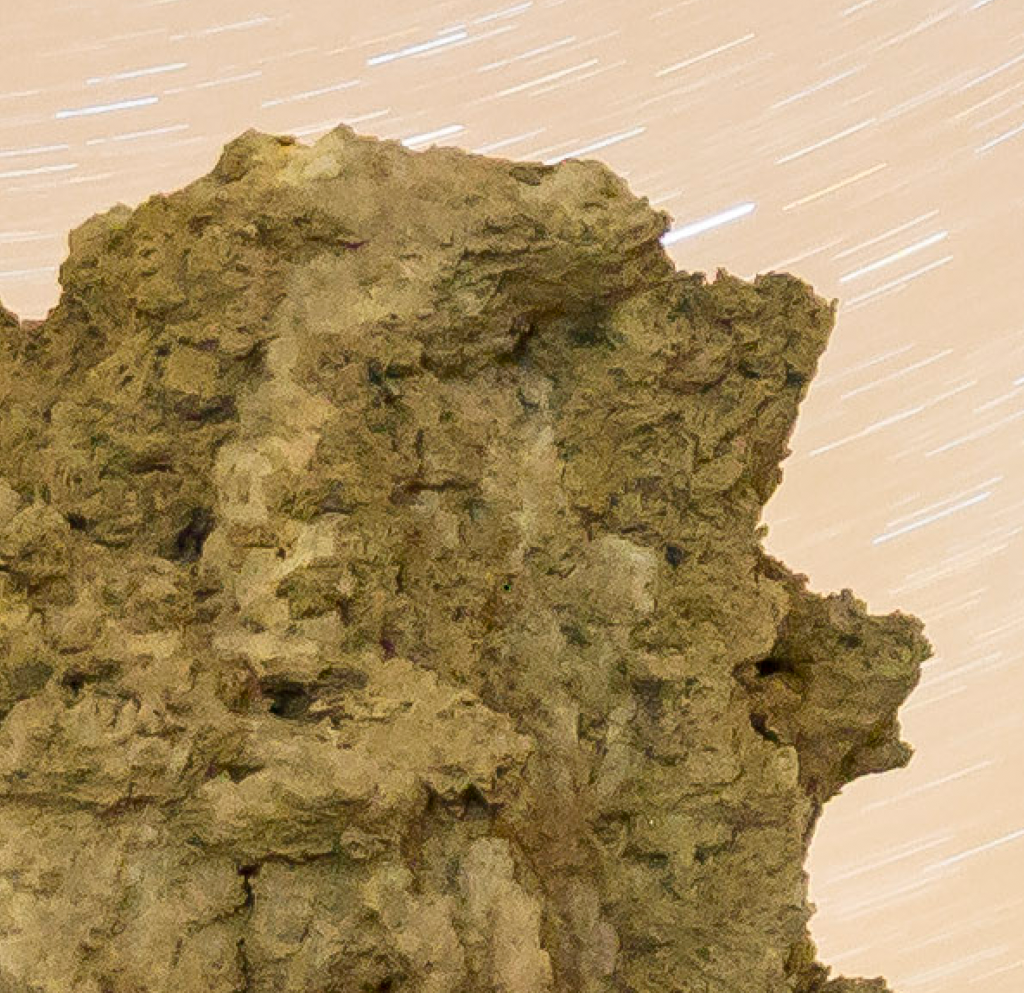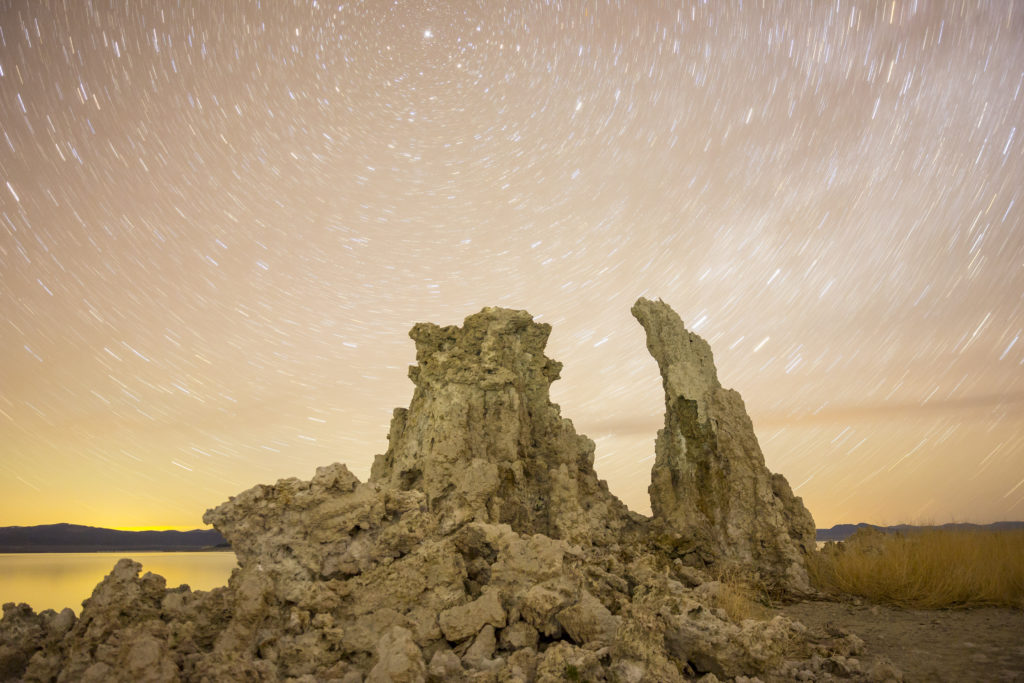Update (7/26/2019): The photo stealer now goes by the IG handle tedslittledream – also, this douchebag had the gall to throw a photowalk on the very day I moved to Houston. Anyways, I got news for you haters, I’m back in San Francisco, and have been since November. 😛
If you look at page 32 of issue number one of the Art of Visuals print magazine, you will see at the bottom left, the Aurora Borealis veiled with some wispy clouds and a silhouette. Below this you will see the supposed name of the author, Ted Chin, @eye.c on Instagram. The photo of the Aurora Borealis is not his, and what is in this magazine is a crude attempt at art and plain theft. You see… Ted Chin is a photo stealer. What is more is that he is simply amoral and will do anything to get ahead.
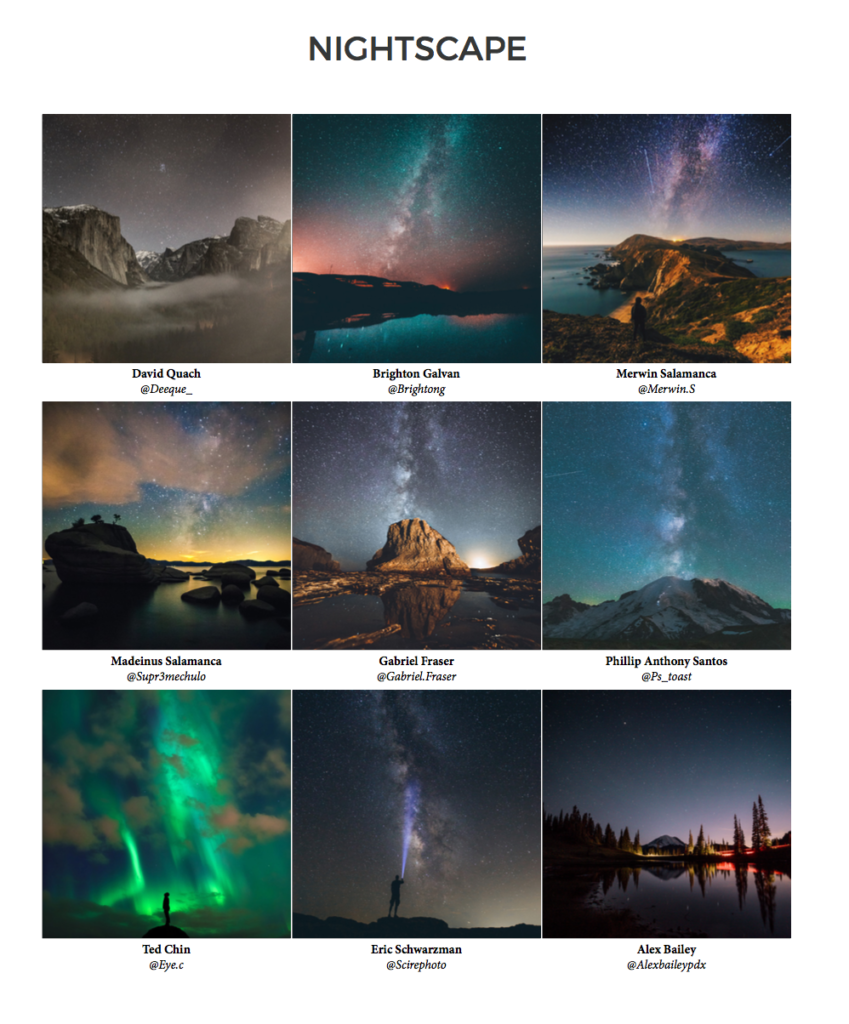
The real photographer of this photo is Scott Slone. How did I figure this out? When I went to the Art of Visuals launch party in San Francisco, my friendship with Ted was already on the outs. You see, I gave him and Brock Sanders the @igerssf account. The moment I gave them this gift of friendship, they totally ignored me and never wanted to hang out with me again. I was duped, and all the times they called me friend was really just lies.
Before being frozen out, Ted and I would have debates. Ted showed me how following and unfollowing could grow an account really quickly. I didn’t think that was a way to grow community, but he really didn’t care about that.
So there I was at the Art of Visuals launch party about a year and a half ago… I thumbed through the magazine and there was a photo of the Aurora Borealis apparently by Ted Chin. No way. He never traveled that far north or anything. I know how tough it is to get these shots, too, because I was in Iceland freezing in the middle of the night just to capture the Aurora. When I got home and got the digital version of the magazine, I ran it through tineye.com and it showed the original photo was created by Scott Slone, @scottslone.
A few days later, I posted my discovery on Instagram.
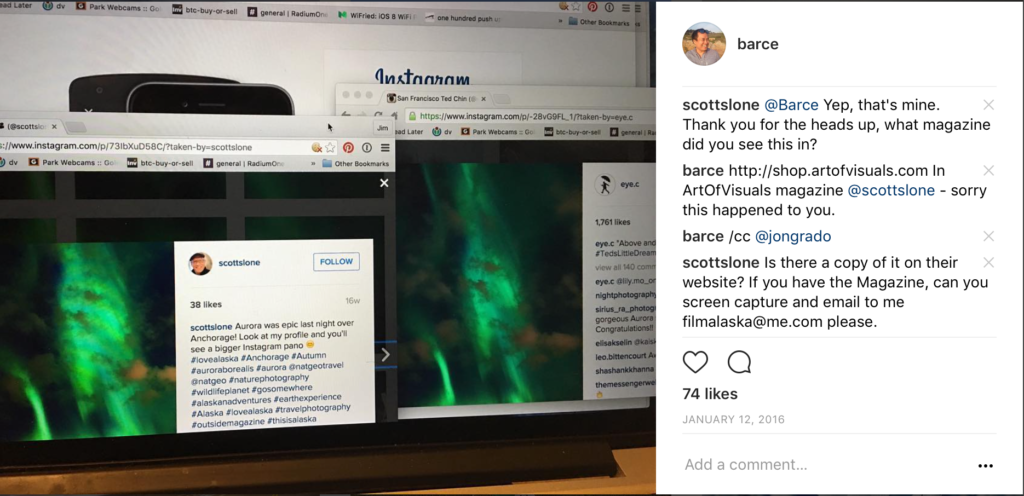
One user pointed out that on his feed he even went so far as to claim that he took the photo with his Canon.

In fact this interesting exchange occurred:
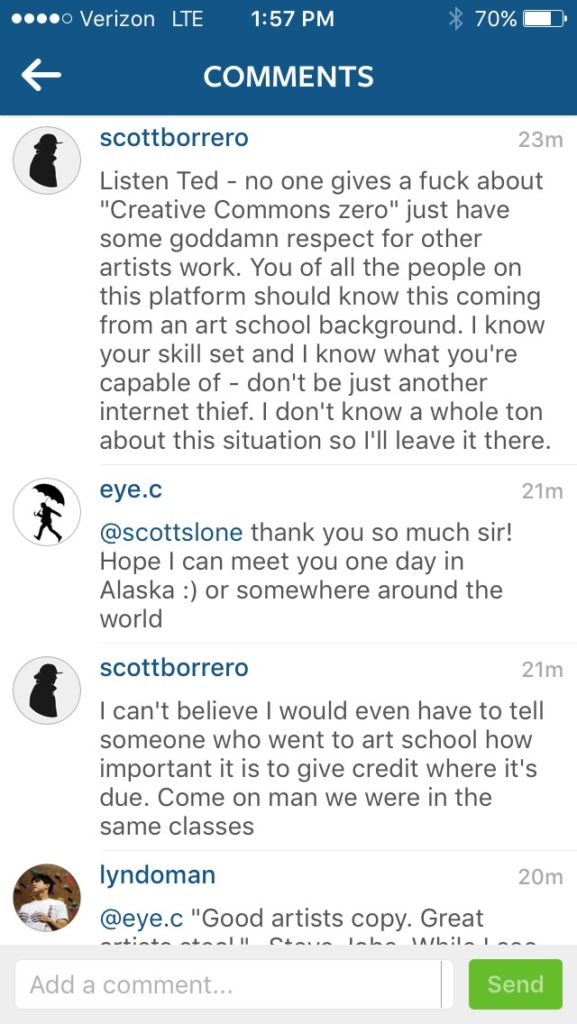
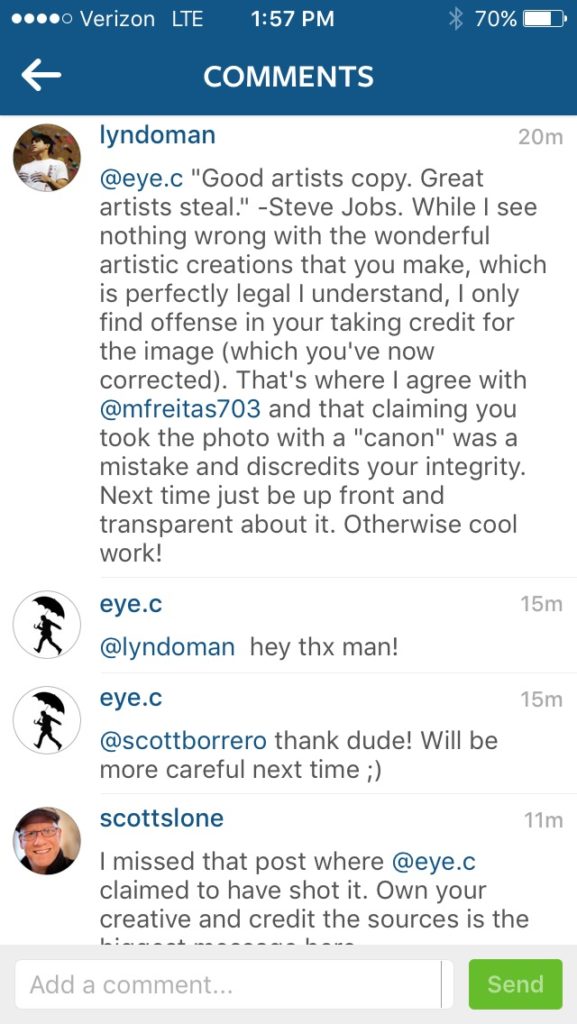
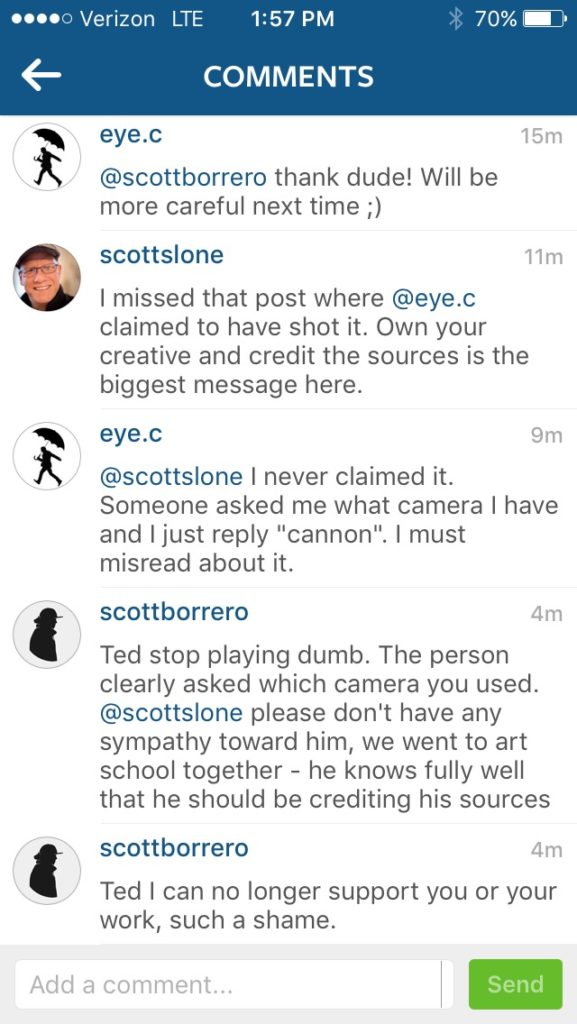
After this revelation, Ted decided to use his ill-gotten position as a moderator to block me from the @igerssf account. He also decided to go ahead and steal a bunch more photos.
Ted has a video where he’ll show how he innocently goes to a site like Unsplash, and gets the photos there, but if you talk to any of his victims they will tell you that Ted is one of many photo stealers that have stolen their work. Moreover, that Ted is appropriating their images from shady photo dealers.
Scott gave Ted permission to use his photo after the fact, but I believe this was a mistake. This allowed Ted to believe that he could get away with his photo stealing with impunity.
Also, Scott Slone isn’t the only one he’s stolen from.
He stole a photo from someone on Flickr, and this is a response that I received when user, anoldent, found out his work was being sold:
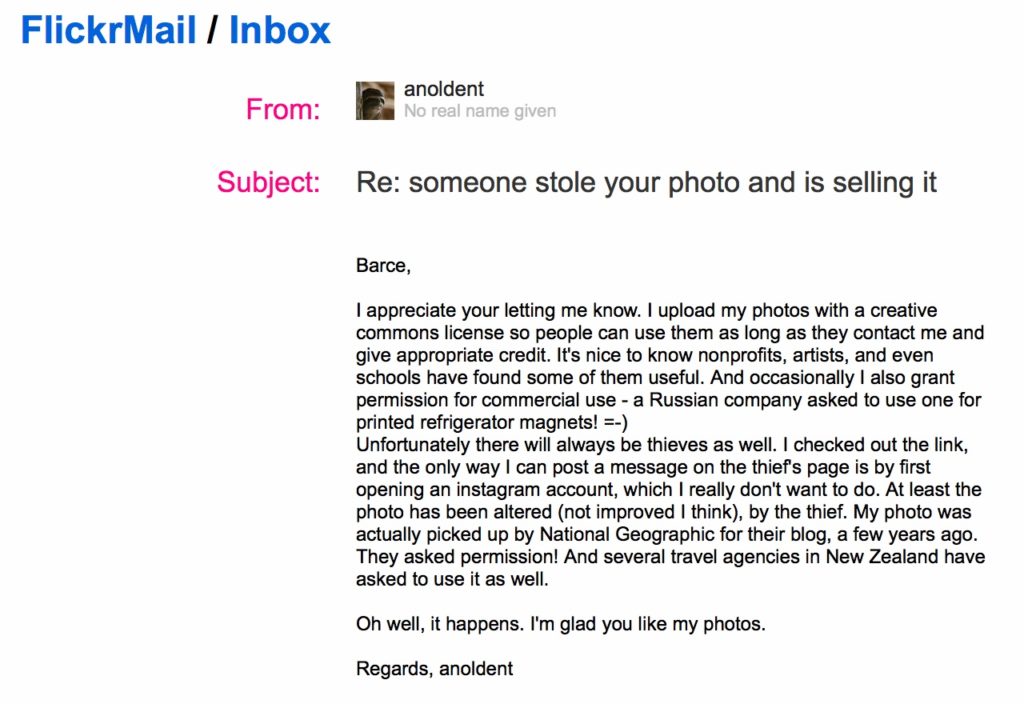
Recently, as of this year, he’s used a stolen photo twice without attribution on the Photoshop account and on a Lightroom and Chill ad:
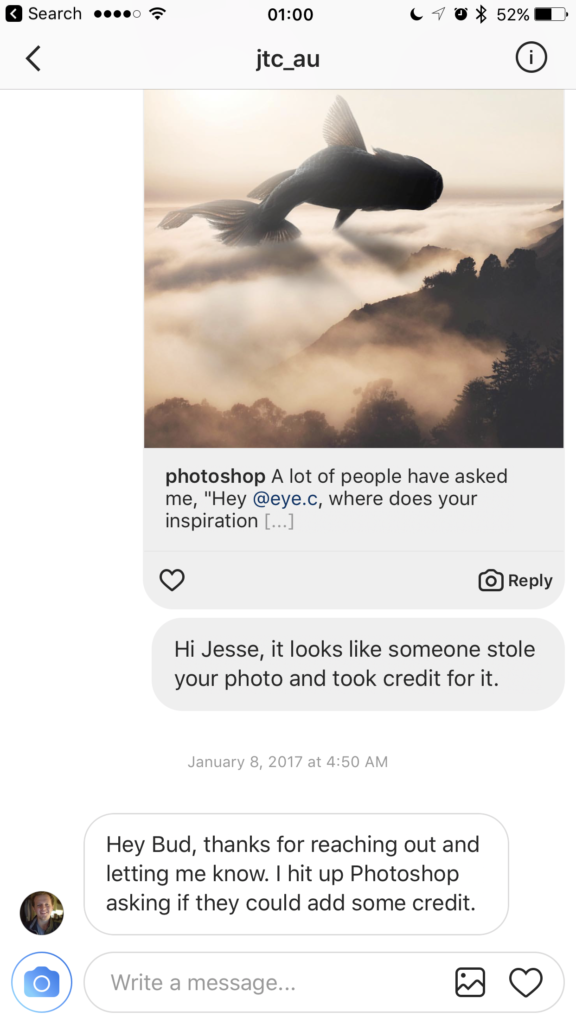
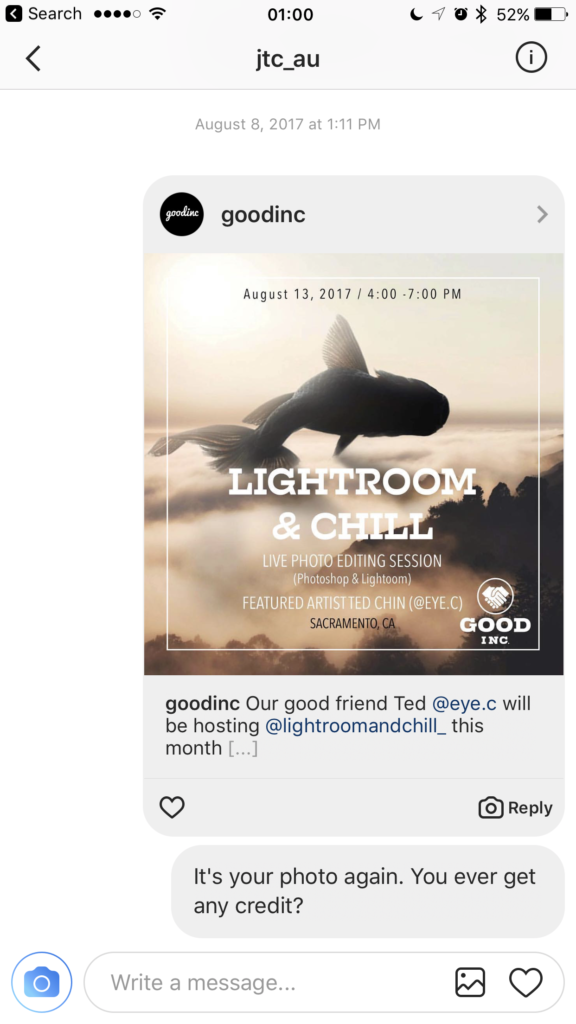
Whenever I run into Ted at Instameets, I keep my mouth shut. Why bother with the drama? I know Ted trash talks me to other people, and has supporters that are pretty huge. I know that he can use his huge following against me in the same way Trump will use his Twitter followers to bully folks that support good causes like Black Lives Matter. But I also know a ton of those followers are fake or bots or bought!
Here’s Ted’s account on the 31st of January, 2017. It grew by 1500 followers. How was this possible?
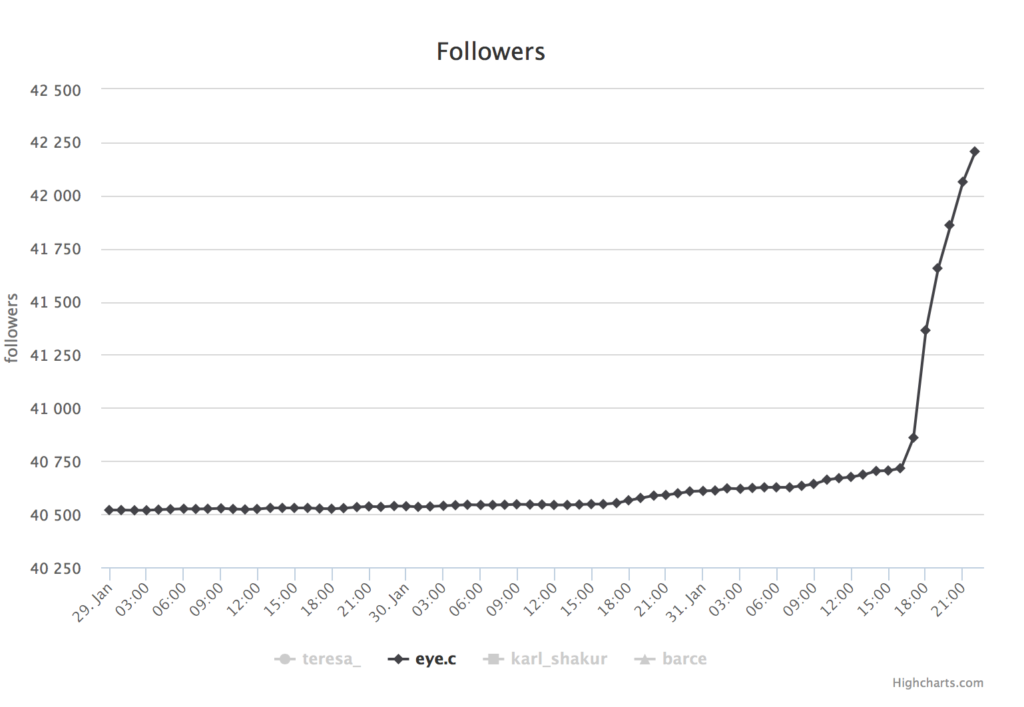
I did a little digging.
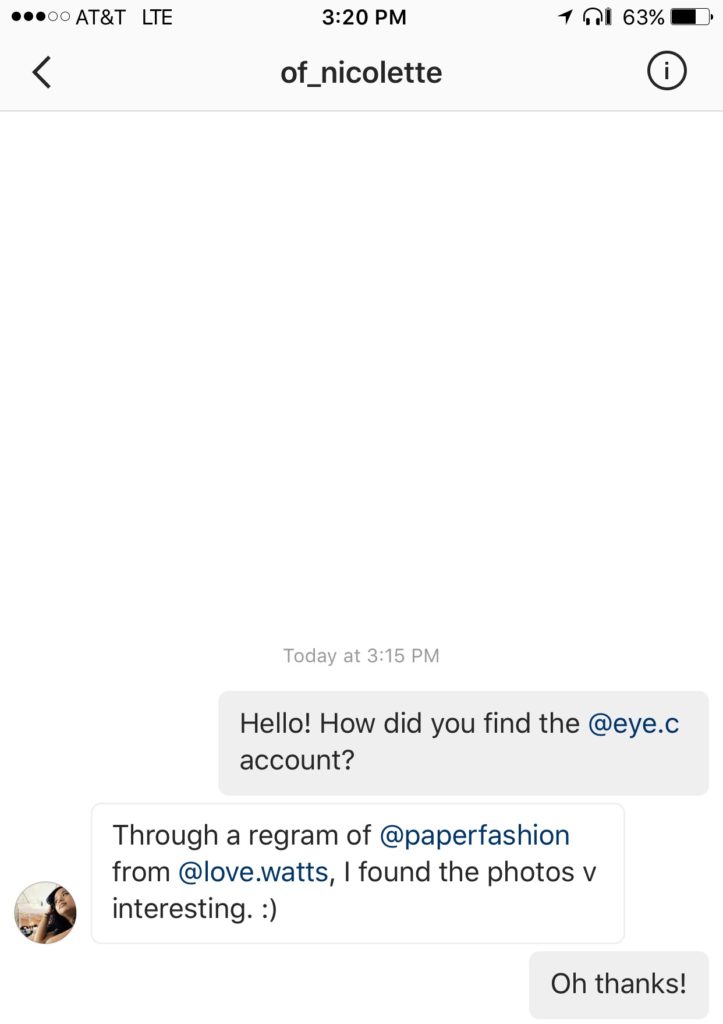
I found out that you can get your photo featured on Lovewatts for $600. I guess 1500 followers in one day can be bought for $450.

Ted has gone on to be a brand ambassador for Photoshop. Some people would report Ted as stealing their photos and they would get taken down as part of the DMCA. Large corporations though, they see someone with influence, and they don’t care if he’s a photo stealer or not. In my eyes, Ted Chin will always be a photo stealer.
